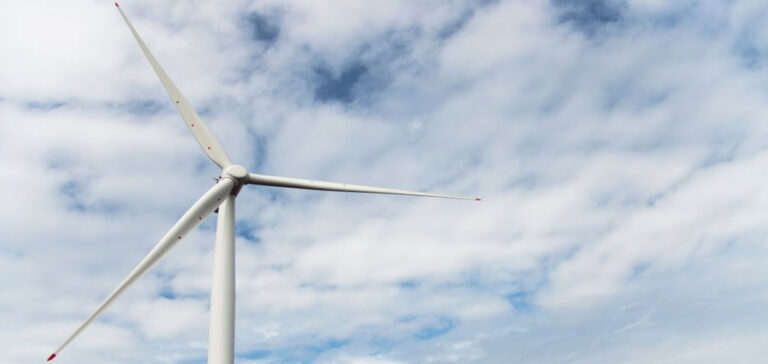The offshore wind industry is one of the fastest-growing energy sectors, but it is currently experiencing a series of major setbacks in the USA. Equipment reliability problems, supply chain difficulties and significant cost increases hampered its development.
Anja-Isabel Dotzenrath, Head of Gas and Low Carbon at BP, highlighted several problems in the US industry, including permitting challenges, the time lag between signing power purchase agreements and project construction, and a lack of inflationary adjustment mechanisms. “Fundamentally, offshorewind in the US is failing,” Dotzenrath told a Financial Times energy transition conference in London. “There needs to be a fundamental reset in terms of speed of permitting, security of permitting, etc.”
BP and Equinor’s efforts to find a solution
BP and Equinor are currently examining a new 10-point proposal put forward by US regulators. This proposal would allow companies to re-bid for projects under a “fast-track” process. Dotzenrath commented, “There is a way forward, but it’s a difficult one.”
These developments follow New York State’s rejection of the companies’ request to upwardly revise payments received by developers under power supply contracts for giant projects. Over the past week, BP has written down $540 million and Equinor has taken a $300 million write-down on their Empire and Beacon offshore wind projects, with a combined capacity of 3.3 gigawatts, capable of powering 2 million homes. BP had paid Equinor $1.1 billion in 2020 for a 50% stake in the company.
The Rising Costs of Offshore Wind Projects
Claudio Descalzi, CEO of Italian energy company Eni, also voiced his concerns at the conference. He said that development costs for new offshore wind projects had recently doubled. “It’s very difficult to realize new offshore wind projects,” said Descalzi.
[Conclusion] In conclusion, the U.S. offshore wind industry faces significant challenges, including permitting issues, construction schedules and rising costs. BP, Equinor and other players in the sector are looking for solutions to revive this vital industry for the energy transition. The road ahead looks difficult, but there is still hope for the US offshore wind industry.






















